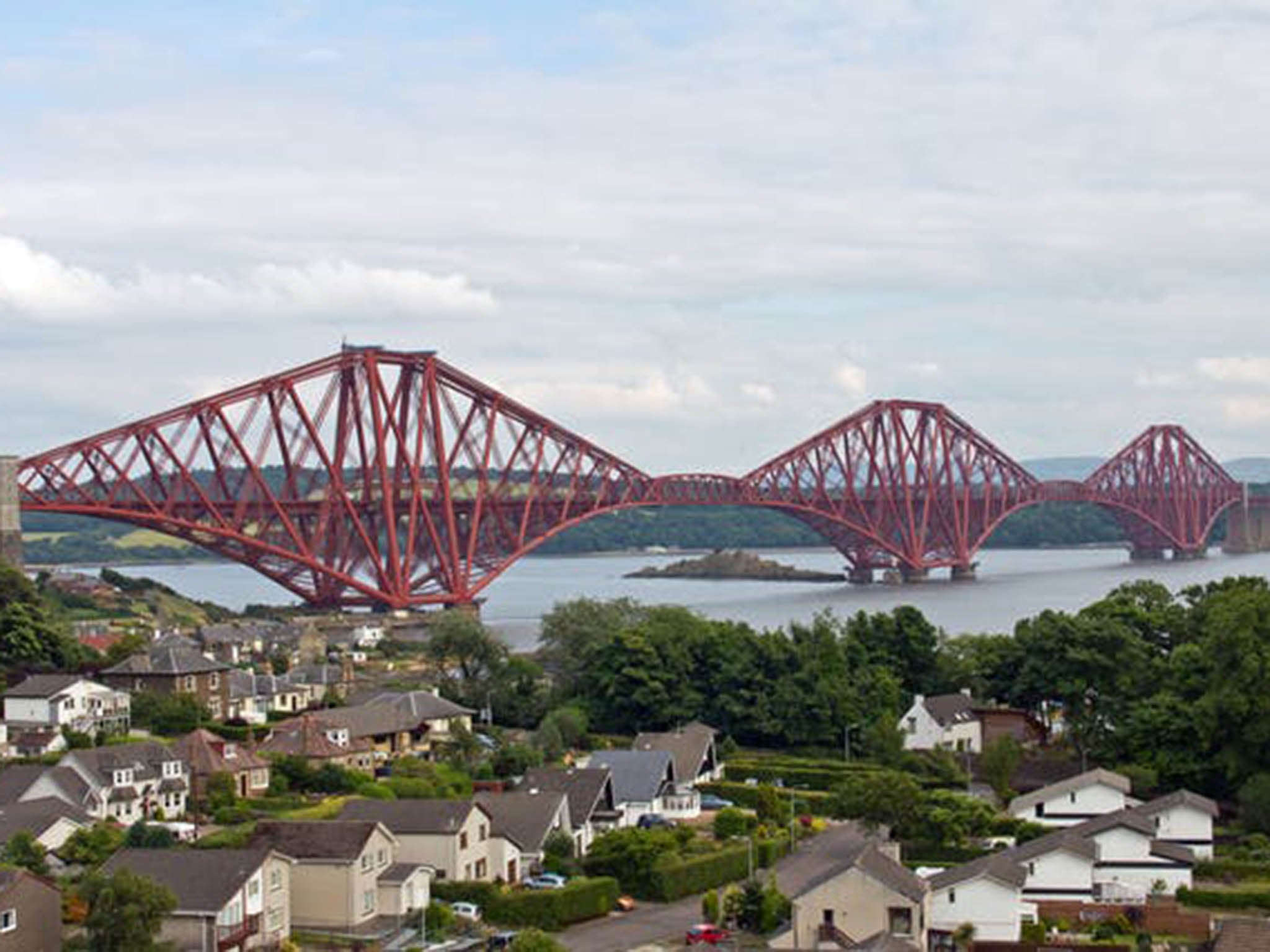Scotland’s new Queensferry Crossing reveals how smart technologies monitor and maintain the health of bridges
There has been a bridge across the Firth of Forth for well over a century, but the latest addition, the Queensferry Crossing, uses remarkable technology to raise safety and efficiency to stellar new heights

Two months after the opening of the newest bridge across the Firth of Forth in Scotland, it is possible to reflect on the advances in technology over the three consecutive centuries that have seen three great feats of engineering conquer the natural channel carved out by a glacier in the last Ice Age.
The Queensferry Crossing, the third of the Forth Bridges linking Fife to Edinburgh, has many innovative features which allow it to carry substantial volumes of traffic at high speeds on a motorway-standard highway.
Some of these are obvious even to the untrained eye, with innovative support-cable configurations and high-strength 21st-century materials delivering slender spans supported by elegant towers. But perhaps the most innovative features of the new bridge however are those technologies incorporated into the design which cannot be seen: technologies which bring the architecture firmly into the digital age.
The sensors and computer monitoring systems built into the bridge allow for a smart and integrated transportation system which facilitates the management of traffic in an often hostile environment and ensures the continued health and efficient maintenance of the structure itself.

Structural health monitoring systems built into the bridge will inform the engineers responsible for its maintenance and give day-to-day operational data and early warning of deterioration for possible intervention – intervention that can minimise the disruption which is so often damaging to our transportation systems and the economies which rely on them.
Three centuries, three bridges
Engineering has come a long way since the construction of the the Forth Railway Bridge, the estuary’s first modern structure, but this 1890 crossing was by no means backward. It was one of the first bridges in the United Kingdom to use steel, a replacement for the wrought-iron structures more familiar in the late 19th century.
The cantilevered structure with its central, suspended “drop-in” span was by no means a new principle among bridge engineers who had used the technique for thousands of years, but the development of the process – literally balancing the vast structural form with a network of load-carrying elements to distribute the load of the steel and railway traffic to the stable foundations – was on a scale never seen before.
The first road bridge to cross at North Queensferry (a town which is itself testament to the desire to cross the River Forth since the Middle Ages) was built in the mid-20th century utilising technical developments which permitted the construction of a suspension bridge, something which would have been unfeasible in the time of the railway crossing.
This bridge, the Forth Road Bridge, made use of a combination of concrete and steel hung from high-tensile steel spun cables. Although they have served the travelling population of the region well, providing dual carriageway access to the motorway network, the structure has been subject to increasing levels of traffic and deteriorating structural elements. Across the world, tendons making up the cables like those used on the old road bridge have been plagued with problems in the form of corrosion.
Problem solving
One of the biggest headaches for the engineers tasked with managing these pivotal transportation assets is knowing when and how to act. Traditionally it has been necessary to regularly inspect the structures. This is a dangerous, expensive and disruptive task. It is also incredibly difficult to assess the structural integrity of elements such as tendons buried deep inside a bundle of other tendons forming wires wound into cables supporting the road below.

You can’t take the cable down to inspect it so all investigations need to be conducted at height, often in harsh weather conditions with sensitive equipment and highly trained engineers. Inspection work often requires closure of or disruption to the bridge.
The concerns over the structural health of the tendons were addressed with various innovative techniques including acoustic monitoring, for example. Small but powerful microphones are placed on cables at strategic locations which connect to a computer system listening for the signature sound of a corroded tendon breaking. It can do this around the clock, home in on a tendon break against the mayhem of noise created by traffic, and even pinpoint the location. An engineer can then be alerted by text with enough information to assess the situation and recommend a required response.
The devices built into the new bridge are providing data daily for the management of the structure. Along with information about weather conditions and levels of traffic, sensors are collecting all kinds of information on the structural health to ensure that the most recent addition to the skyline at this inlet from the North Sea continues the tradition of advancing innovation in structural engineering technology and provides a crossing operating at maximum efficiency and safety with minimum disruption.
Edward Saul is a lecturer in civil engineering at Liverpool John Moores University. This article first appeared on The Conversation (theconversation.com)
Join our commenting forum
Join thought-provoking conversations, follow other Independent readers and see their replies
0Comments